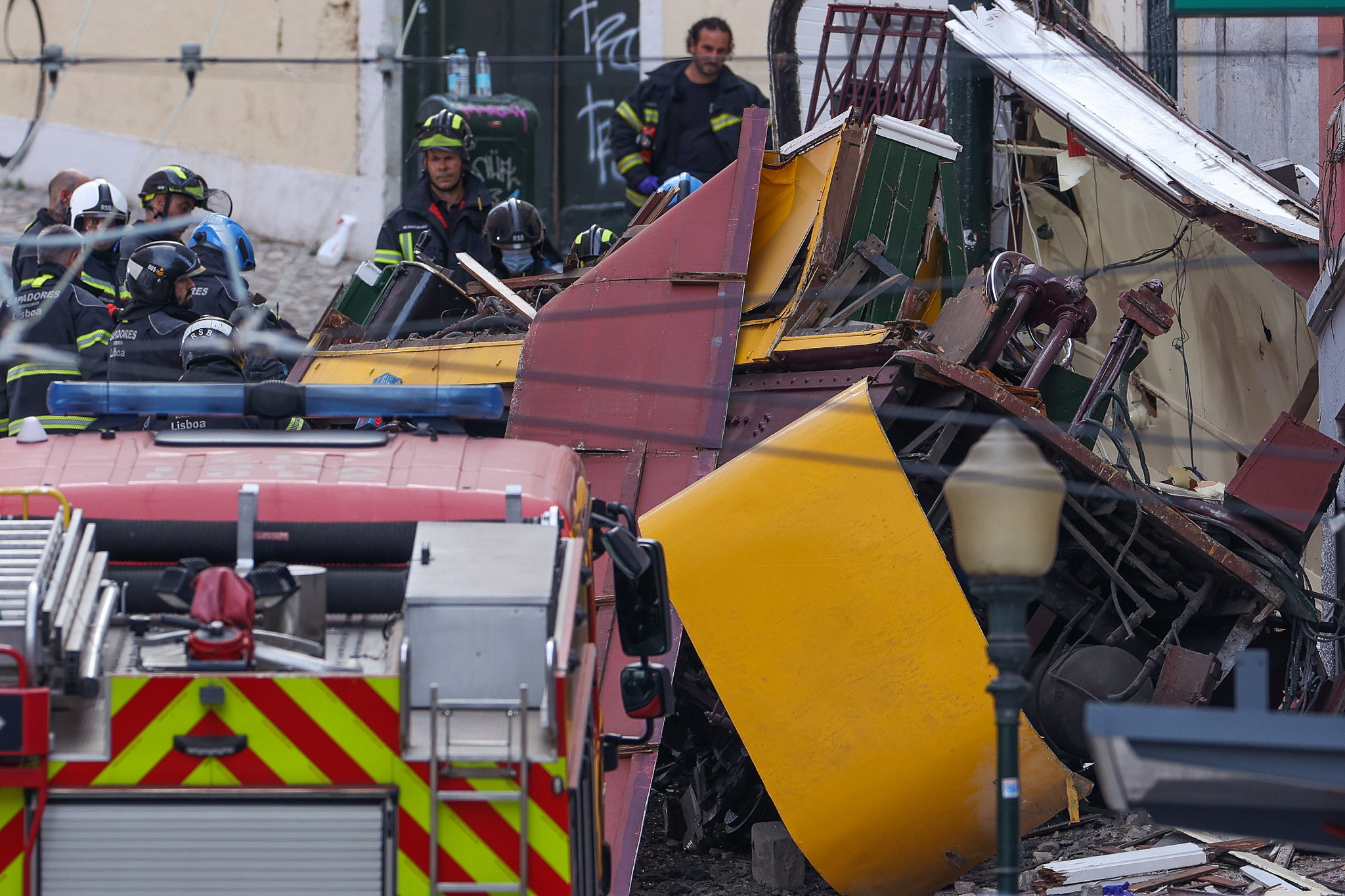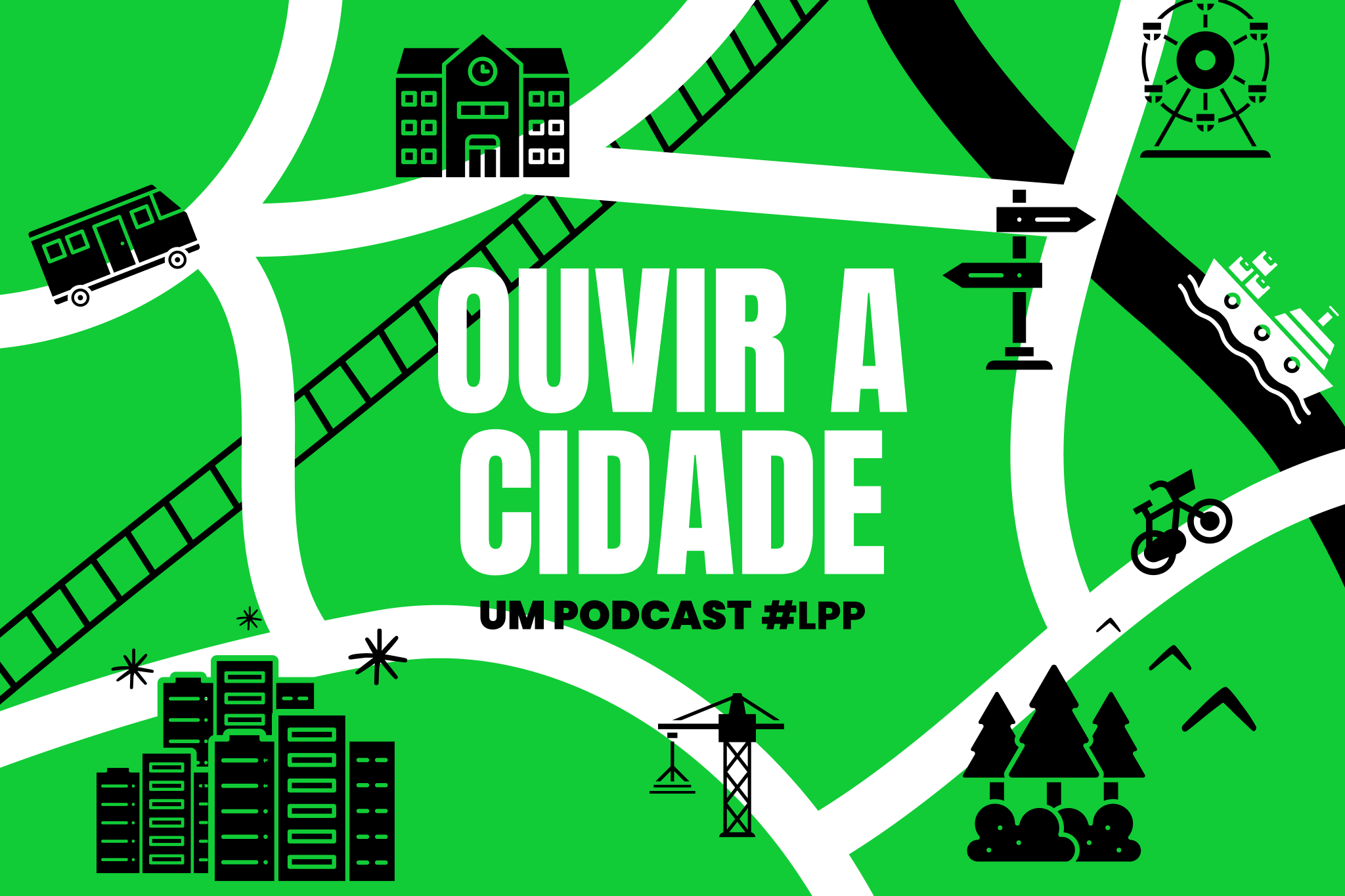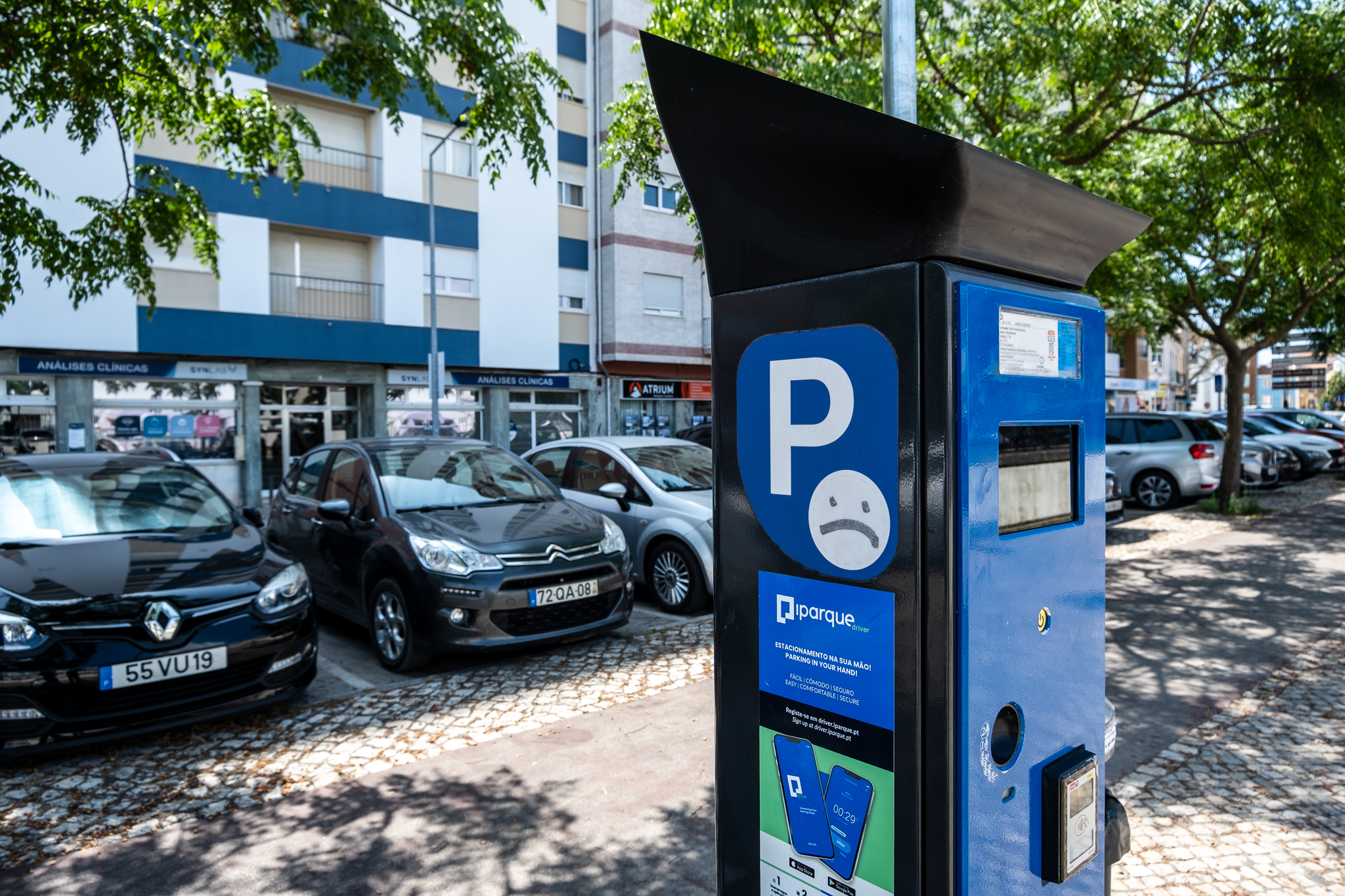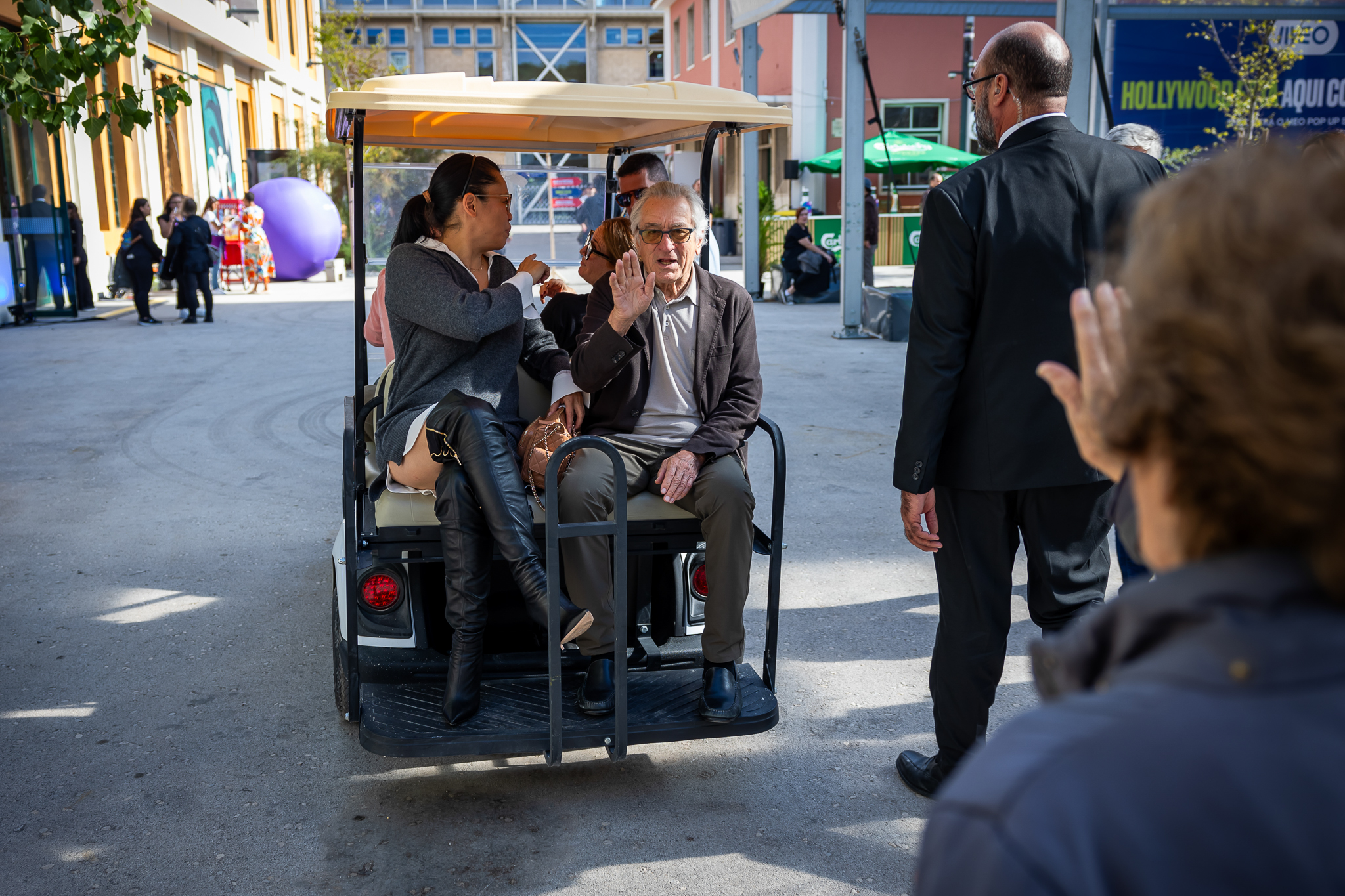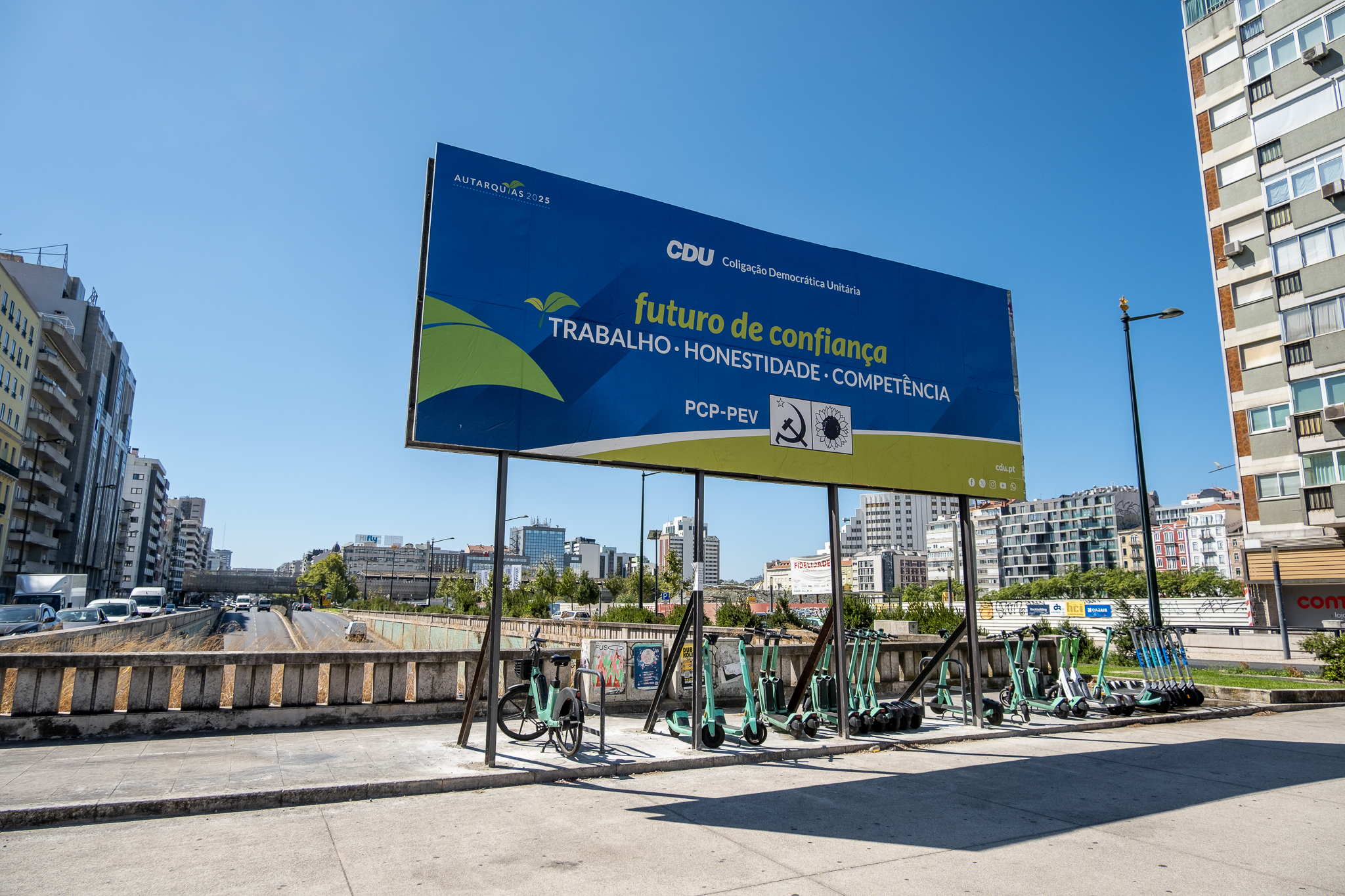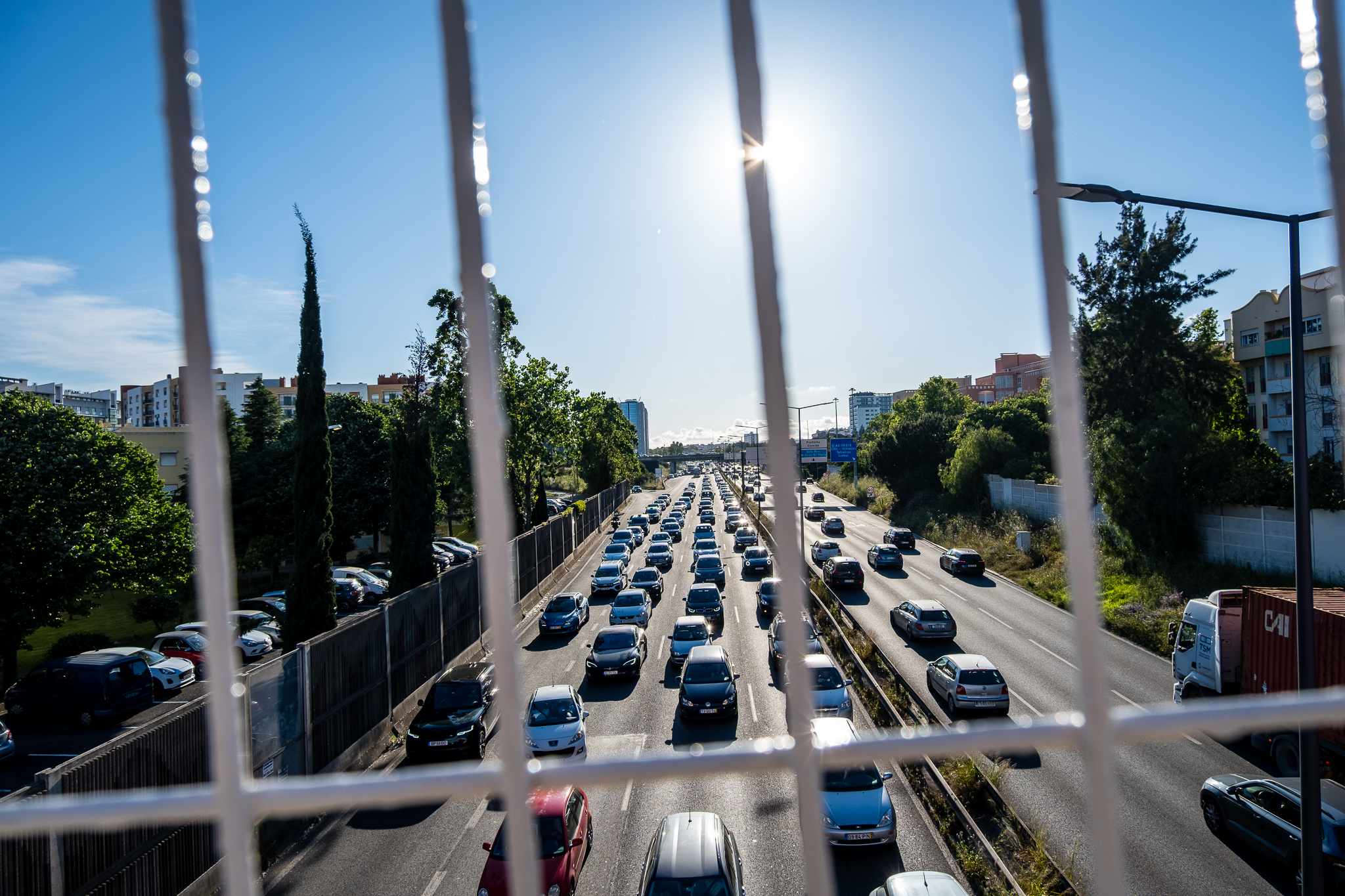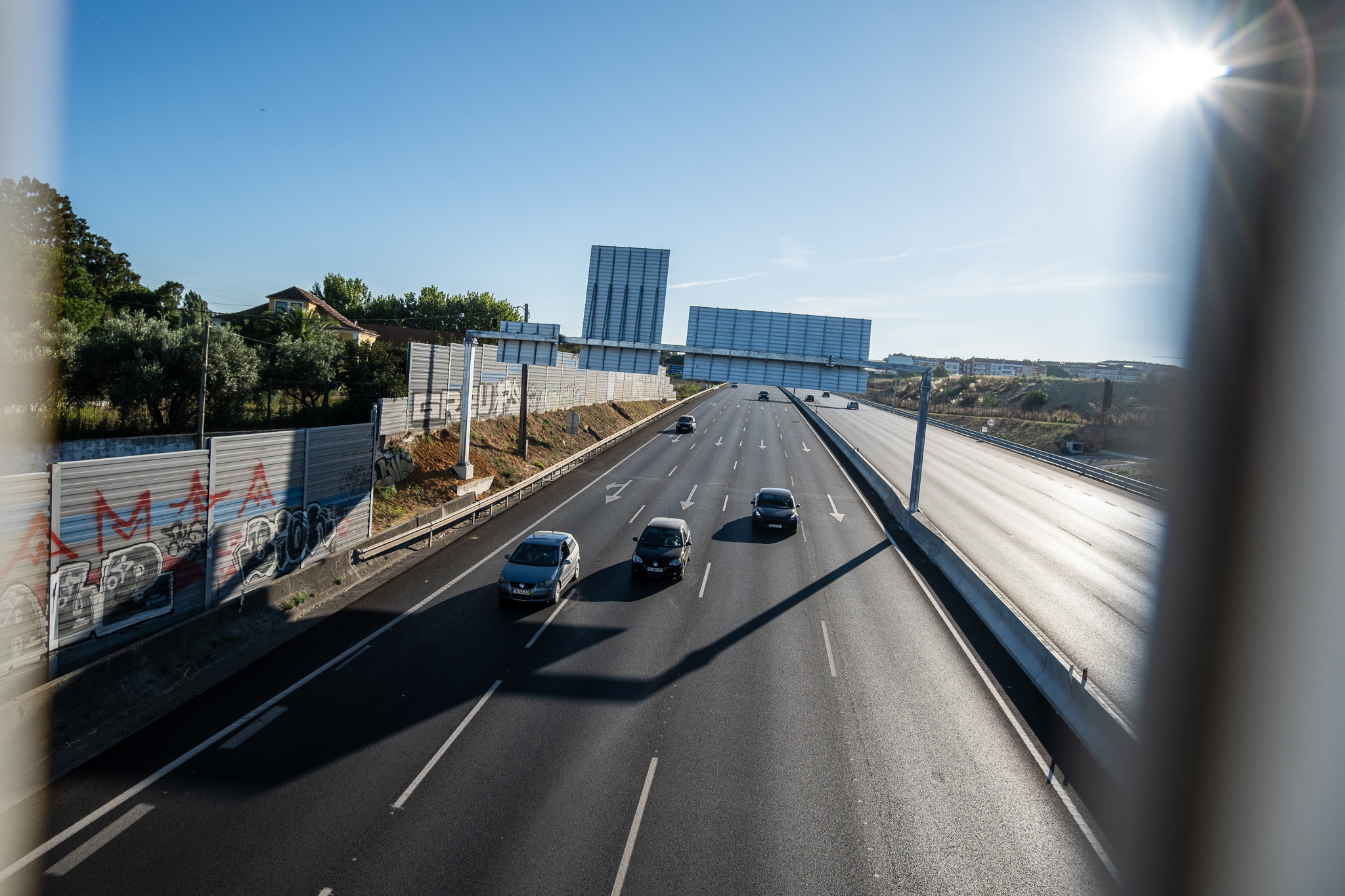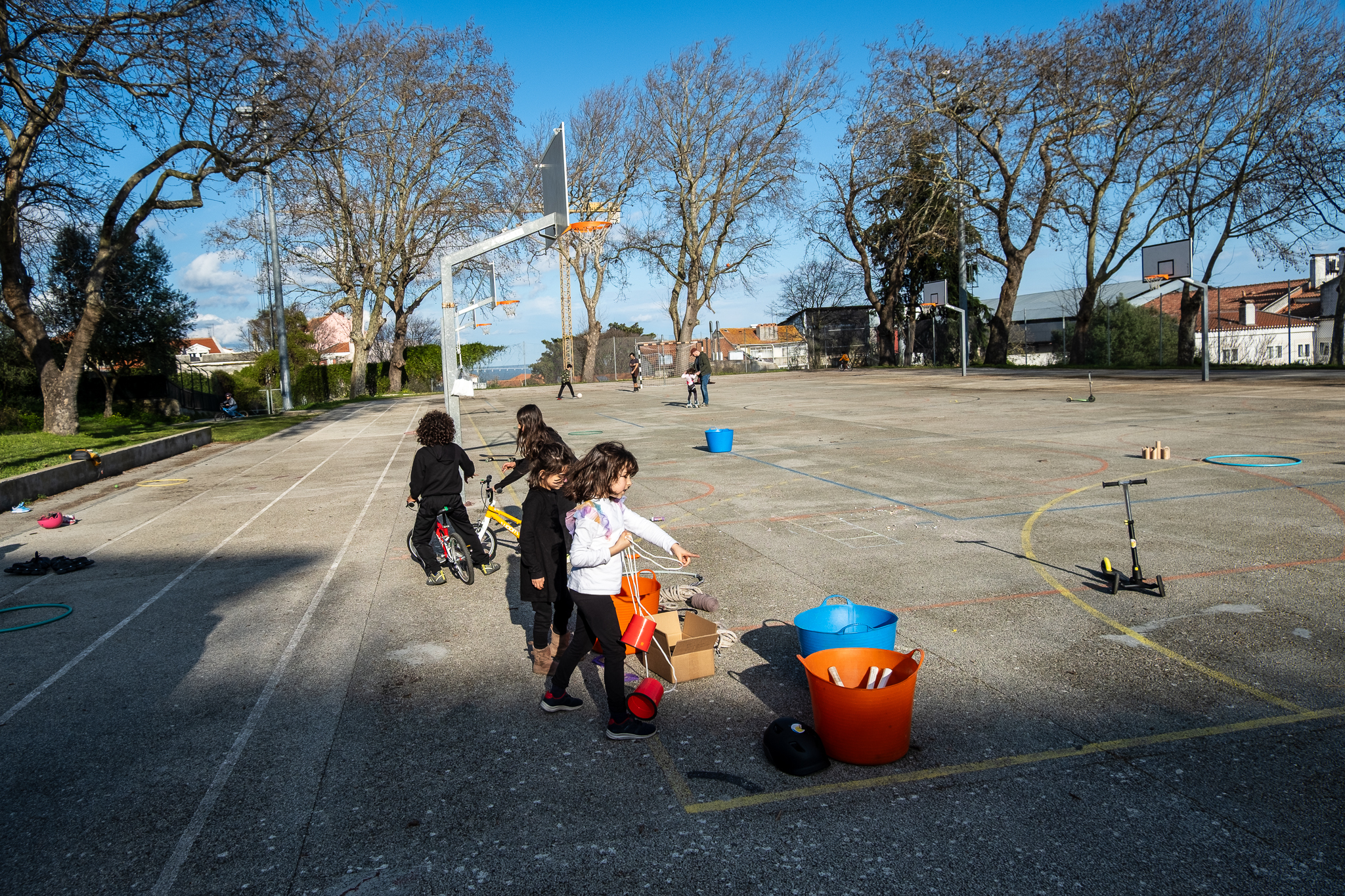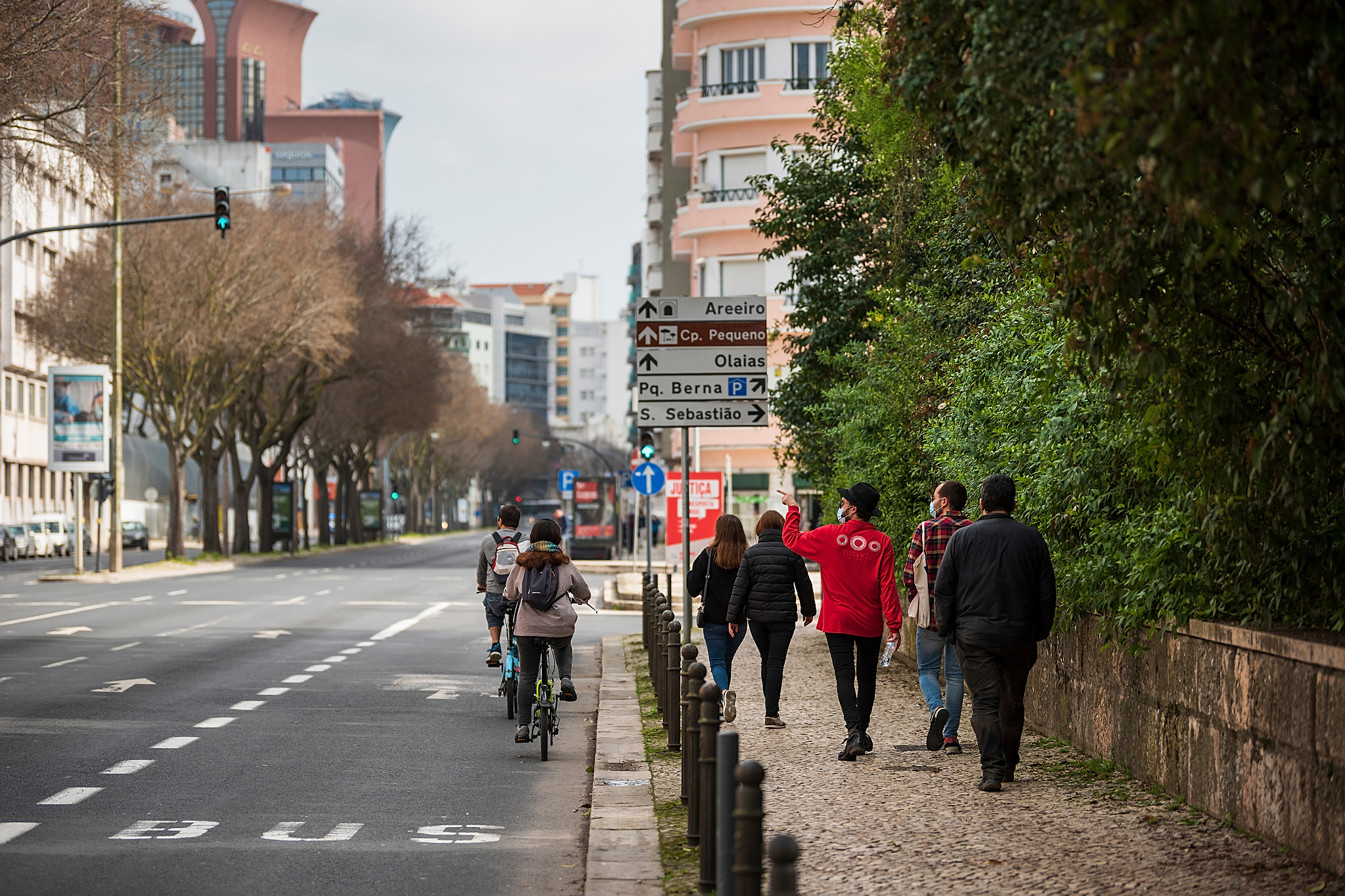
This week the works on Avenida de Berna to build a bike path that will directly connect Praça de Espanha to Avenida da República, and vice versa. This intervention will also involve the creation of a BUS corridor that will integrate a larger public transport and "high performance" corridor between Alcântara and Areeiro. The changes will have an impact on the space until now reserved for cars on that avenue, which will lose one or two circulation lanes and all parking, with a total of 101 surface parking spaces.
The new Avenida de Berna, which should be ready within three monthswill have two traffic lanes, a BUS lane and an undirectional bicycle lane in each direction. The changes, because they imply the end of parking - considered an acquired right - are not to everyone's liking, and led last week to the end of the parking lot, "on a cold night"three dozen people gathered for a face-to-face session of a parish assembly in Avenidas Novas, as reported in the newspaper Mensagem.
The newspaper talks about a "heated, polarized debate"The event started with a presentation of the project by the Lisbon City Council's mobility councillor, Miguel Gaspar, followed by participations by some parishioners and citizens who signed up to participate. Among the speakers were Luís Castro, representative of the Arroios Neighbors and one of the most visible figures in the fight against bicycle paths, particularly the one in Almirante Reis; Luís is said to have accused the municipality of "blatantly lie" and of falsifying the annual monitoring of the volume of cyclists in the citymentioning that these counts are "promoted by bicycle fanatics at the Instituto Superior Técnico" and that "bike fans are getting bikes from the junkyard and parking them [on the street] to make believe there are bikes [in Lisbon]"as reported by the newspaper Mensagem.
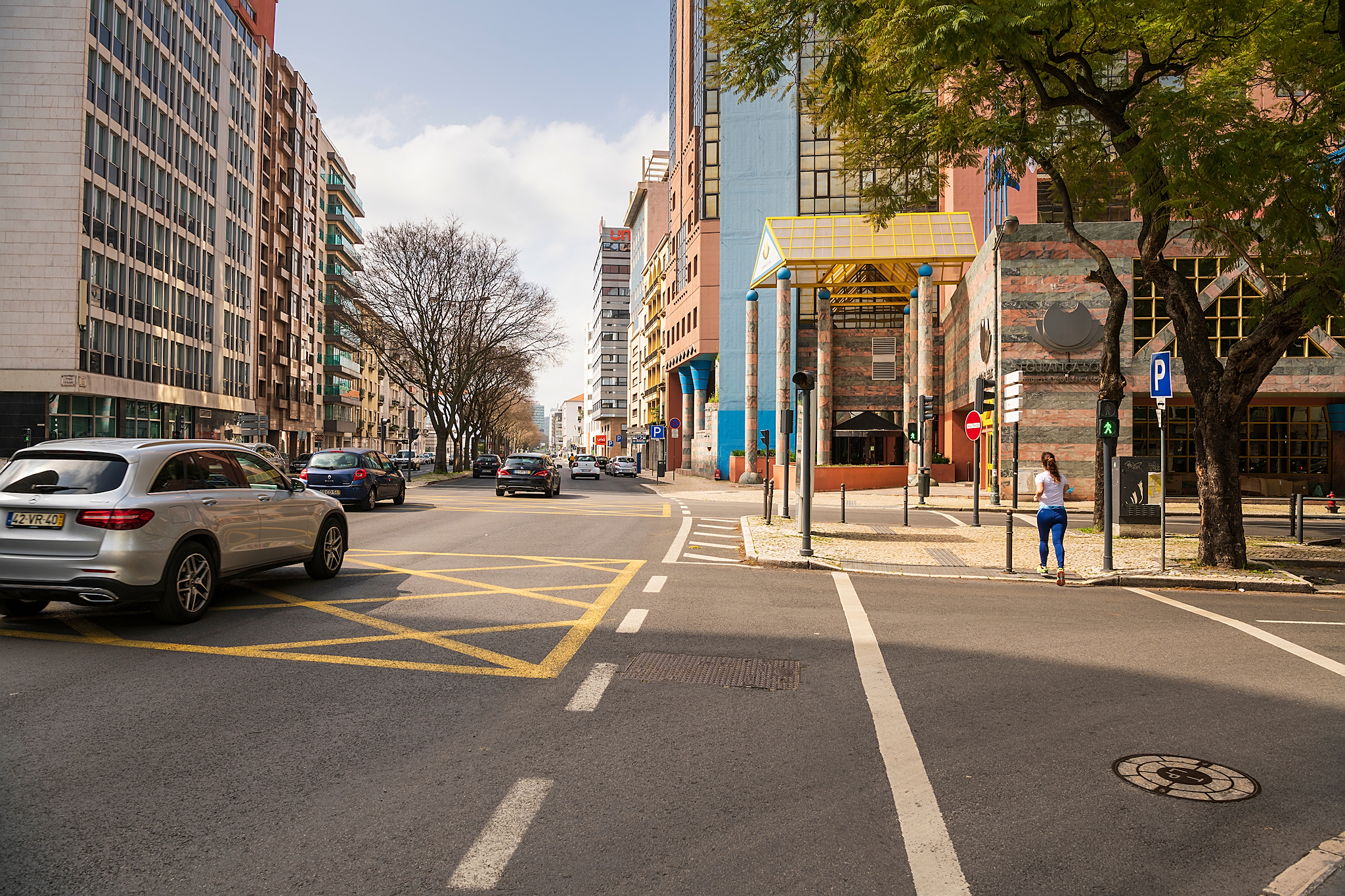
Message writes that opposition to the removal of the parking lot on Bern Avenue and the creation of a bike lane was concerted in Facebook groupsnamely in the group Avenidas Novas Citizenshipwhere you can find "several publications with political content, the vast majority of which are in opposition to the current city government and specifically against Fernando Medina". According to the newspaper, some of the speeches were made by members of this group, but two members of the Socialist Youth also participated in the session in defense of the project. The full Message report can be read here.
"The bike lane war is fought mainly in the digital space, in social network comment boxes and in groups, some private, others public. But what last week's session in Avenidas Novas shows is that the war is spreading to politics, which is even more important considering that Lisbon is in the midst of a pre-election campaign. The fight over traffic, parking, and bike lanes is going to be one of the themes of the upcoming campaign, that's for sure. It will divide - already divides - the electorate."
- Frederico Raposo, Message
Vacant Spaces on Bern Avenue
In response to the concerns of the residents of Avenidas Novas, the Lisbon City Hall will not increase the number of places in the vicinity but will reserve more places for residents in existing markings. According to a survey by the municipalityThere are 1072 places in the area of Avenida de Berna and adjacent arteries, of which 20% are free in the eveningon Avenida de Berna, during the night, the residents usually occupy 60 of the 101 available seats.
The Lisbon City Council also revealed that there are four underground parking lots nearby with occupancy rates between 35% and 50% as of January 2020. Data that shows parking availability in the area.
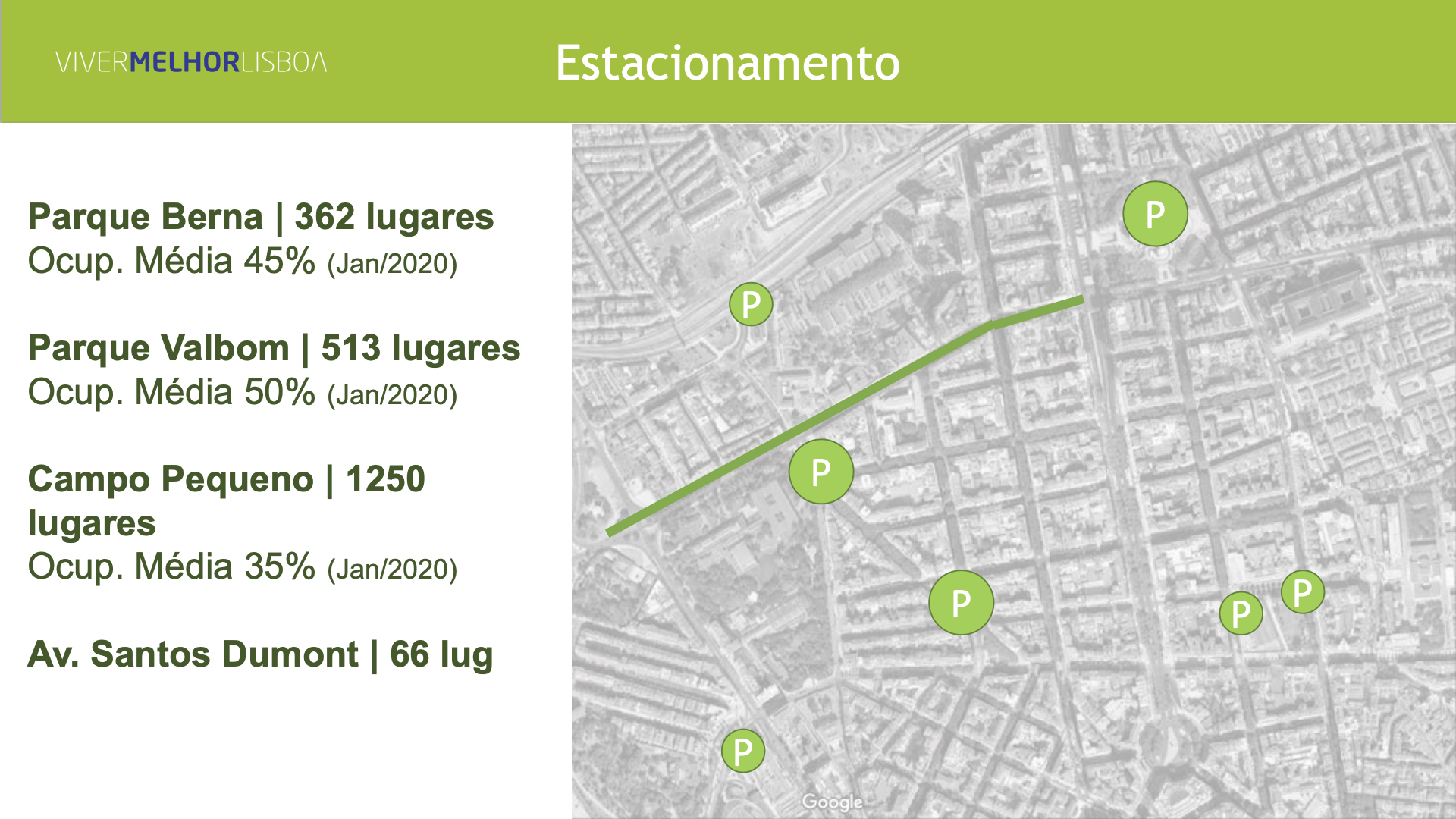
The municipality also recalled that the Avenida de Berna area has strong public transportation availability. Besides the Lisbon Metro and TST buses, the avenue is crossed by 18 buses/hour of Carris lines 716, 726 and 756, transporting 5.6 million passengers/year (2019 data); Carris' supply on Avenida de Berna has grown by 17.2% since 2017. Lisbon City Hall, which manages Carris, wants to further increase this public transport availability with the extension of the BUS corridor from Avenida de Ceuta to Avenida João XXI, to then follow this to the heart of Areeiro.
A debate that is not new
The debate on bike paths has been raging for several months in LisbonAt least since the transformation of the city began to be more visible in terms of the reduction of space reserved for cars. In 2016, the original project for the Avenida da Repúblicawhich foresaw two undirectional bike lanes, one on each side of the avenue, had to be changed due to strong pressure from the moderators, concerned about what would be a a major reduction in the parking supply in the order of 300 spaces.
But the decrease did not even reach a hundred with the option of building a bidirectional bike lane on one side of the Avenue - which is now the most used in the city and presents several problems for pedestrian and cyclist safety because of the visual blockage that bus stops provide. In the presentation of the final projectFernando Medina, as Mayor of Lisbon, revealed that only 60 parking spaces would be lost in Praça Duque de Saldanha and that on the remaining avenue even seven seat gainsThis is due to the creation of oblique parking on the side without bike lane.
More recently, the Almirante Reis Avenue bike path, where the volume of cyclists is said to have grown by 140% after its introduction in the summer of last year, now has a "wide back" to what a petition calls “rampant bicycling". city. The bike path was the target of harsh criticism, which began in the Facebook group Neighbors of Arroios - which has since been formalized as an association - went through the collection of signatures in an establishment on the avenue and culminated in meetings between the "neighbors" and the Lisbon City Council. Since the construction of that cycling infrastructure, at the expense of an uphill traffic lane, some improvements were made in terms of bus stops and places for loading and unloading, but the controversial bike lane will actually disappear this year to make way for another configurationto combine the needs of cyclists with those of cars, buses and streetcars crossing the road.
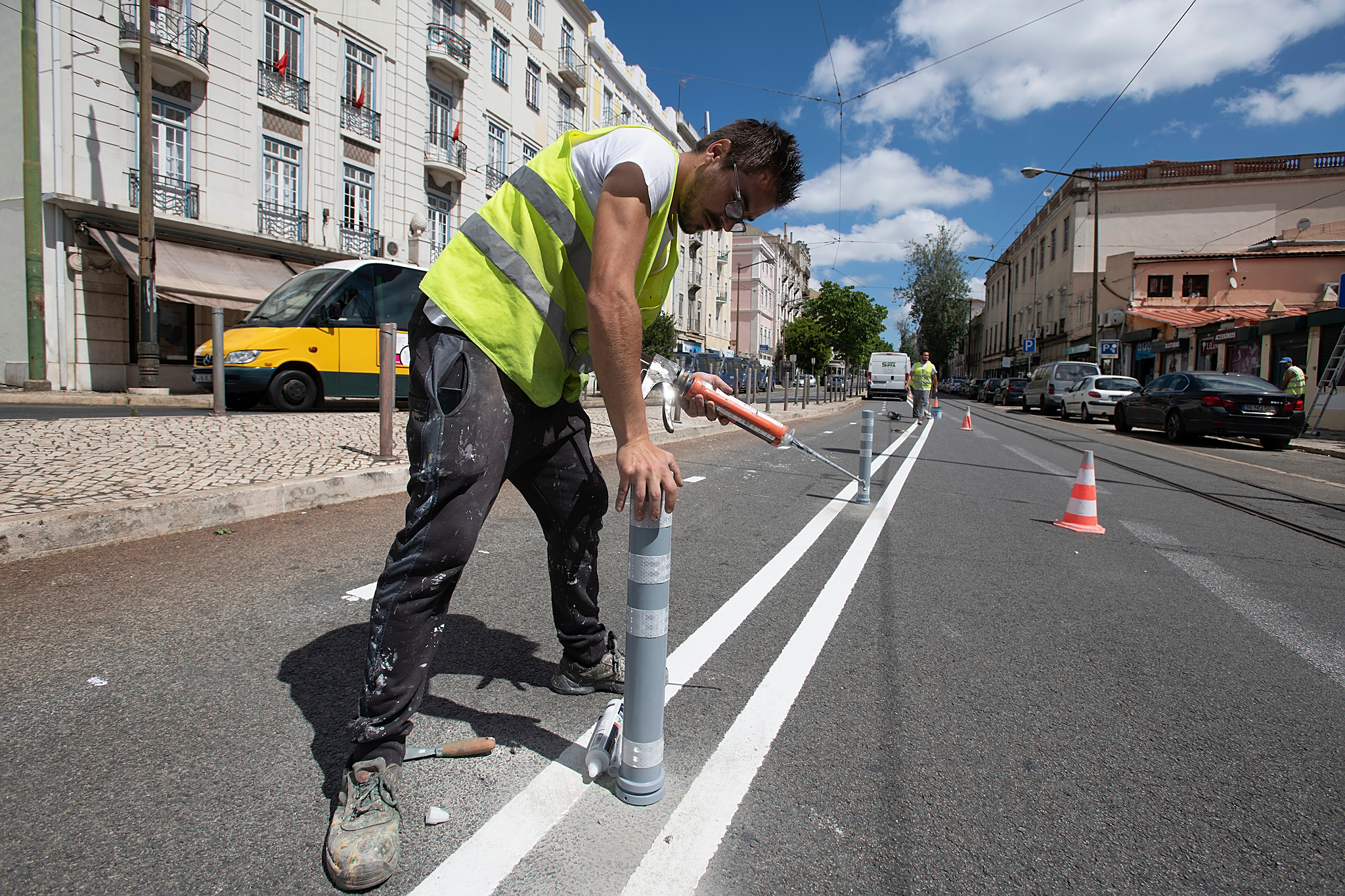
Despite this commitment, the voices of protest did not calm down and the subject of bike paths with Almirante Reis reached a plenary meeting of the Municipal Assembly in January, as reported in the Público newspaper. The debate was prompted by three public petitions - one calling for an "immediate halt to rampant bicycling", another "supporting the increase in pedestrian space and the bicycle network", and a third "for a better bicycle lane for Av. Almirante Reis". The petitions were put together in one report and in a single session by the Committee on Transport, Mobility and Safety. The debate took place, going nowhere; there was criticism on both sides of the story, and accusations between political parties.
António Prôa, from the PSD and president of the so-called Transport and Mobility Commission, accused Medina's executive of "extend bike lanes at any cost to show work" and of, in this way, "pitting some Lisboners against others"as transcribed in the Público newspaper. Fernando Correia, PCP, said that the bike path of Almirante Reis was a surprise to many and turned that avenue into hell; Cláudia Madeira, Os Verdes, hit the key studies and the involvement of the population; Gabriel Baptista, CDS, spoke of "a dictatorship of the minority". The BE, Livre and PS defended the policy.
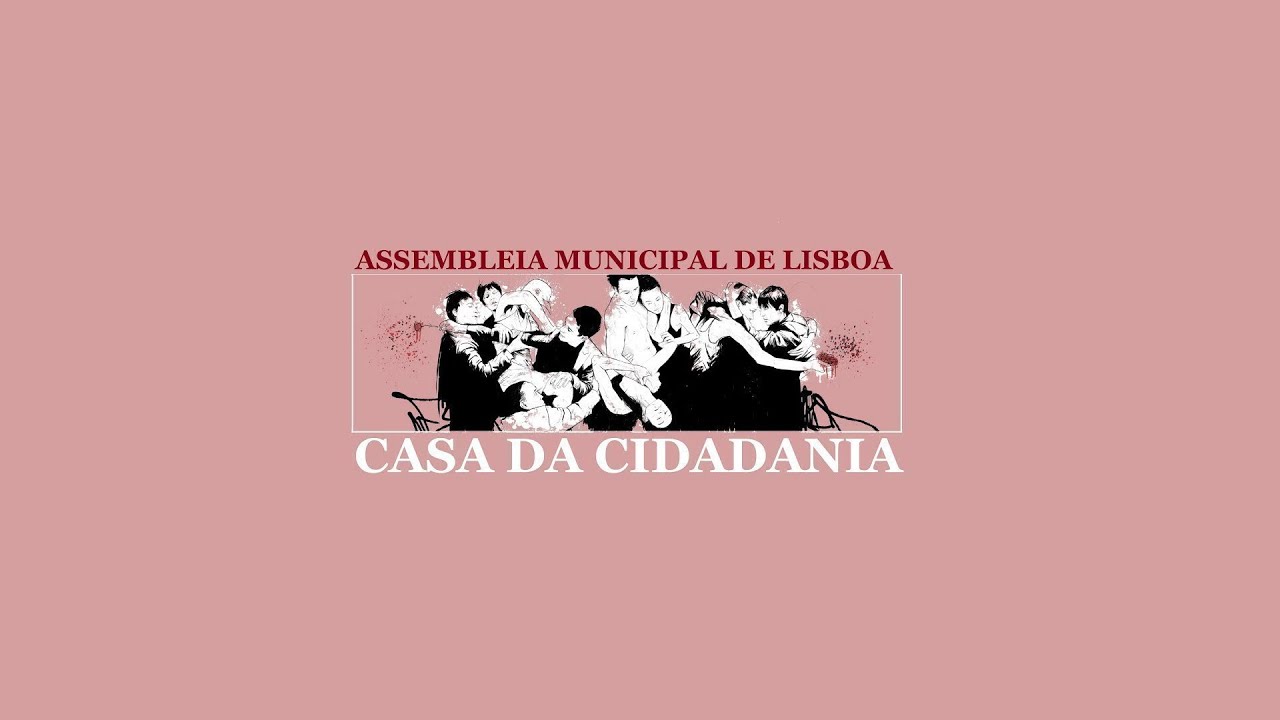
Opposition to bike paths, in particular, and to the redevelopment of public space, in general, comes up whenever you mess with the automobile area. The situation is delicate and a city doesn't change overnight. The lack of studies proving the need for bike lanes is questioned, and it is argued that they are mostly empty. Now, data collected annually by the Instituto Superior Técnico and published in a report show just the opposite and even bicycle use on arteries where there is no cycling infrastructure, suggesting that this may be adequate in the future.

